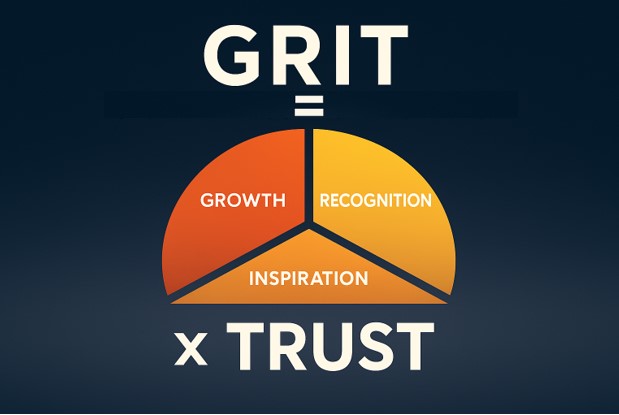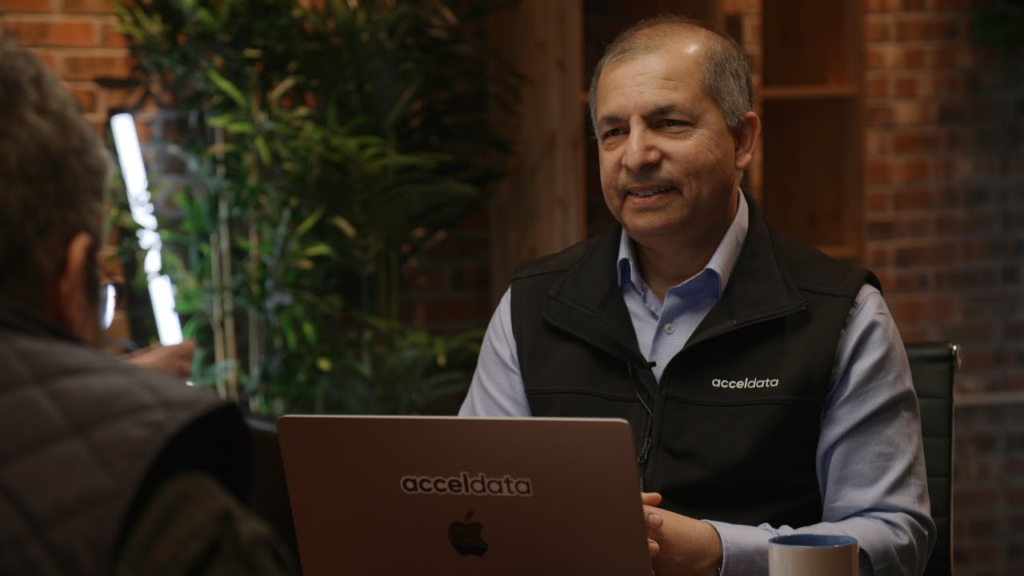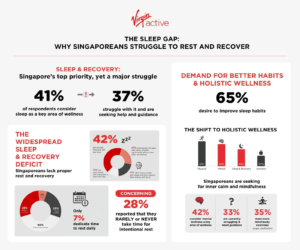Breaking down silos: A holistic approach to running Virtual Machines and Containers on the same platform at scale.
Although organizations have embraced microservices-based applications, IT leaders continue to grapple with the need to unify and gain efficiencies in their infrastructure and operations across both traditional and modern application architectures. Within this article, “modern applications” refers to microservices-based applications running in containers. A 2023 VMware report found that 90% of organizations agree that Kubernetes technology is transforming the way their business operates. According to the 2024 State of Production Kubernetes report from Spectro Cloud, 85% of organizations have Kubernetes in virtualized data centers, and 75% of organizations are committed to adopting Kubernetes for future infrastructure needs. However, three quarters of respondents say that Kubernetes complexity, security, and (lack of) skills have inhibited their adoption. IT leaders must address these unsolved issues and complexities to drive agility and efficiency across their entire application portfolio. Conquering container-based challenges Containerized applications aren’t new, but IT leaders continue to struggle with the fragmentation and silos caused by maintaining separate infrastructure for traditional and modern applications. Managing both architectures with different operating models reduces agility, delays time to market, hampers innovation, and significantly increases costs. A single platform that deploys and manages both VMs and container clusters with a single operational model would help resolve these issues, while enabling IT to efficiently manage all application architectures. IT leaders need a single platform that will allow them to: Run and manage VMs and container clusters with consistent operations, policies and security controls Operationalize all VMs and containers at scale Maximize productivity for platform engineers and VI admins Offer consistent and multiple levels of secure tenancy models for better fault and cyber-threat isolation Accelerate innovation by ensuring Kubernetes versions are conformant with the upstream Kubernetes community VMware Cloud Foundation is the platform for today… and tomorrow Running traditional and container-based applications on the same platform at scale enables organizations to break down silos, reduce operational complexity, address skills gaps, and leverage the benefits of a consistent, unified approach to infrastructure management—driving agility, productivity, and cost savings. VMware Cloud Foundation (VCF) is one such solution. Much of what VCF offers is well established. VCF brings together compute, storage, networking, and automation resources in a single platform that can host VMs and containerized applications. In this way, VCF simplifies management, operations, policies, and security across the entire application portfolio. VCF also delivers a consistent approach to lifecycle management, automation, and configuration, streamlining operations and reducing the need for separate toolsets. It also provides a single view and monitoring capabilities across workloads, giving IT teams comprehensive visibility into their environments. This much is known. Integrated Kubernetes, however, is VCF’s best-kept secret, despite VMware consistently ranking in the top 3 contributors to Kubernetes over the past decade, securing a prominent place as a top-tier contributor in the ecosystem. Lack of headlines aside, VMware continues to play a pivotal role in shaping the future of Kubernetes, underlining its deep commitment to continuous innovation and leadership in container technology. Accordingly, VCF is ideally positioned to help organizations bridge the gap between traditional and modern application architectures, enabling a smooth transition and coexistence of both application types. VCF offers enterprise organizations: A single platform to run both VMs and Kubernetes clusters, eliminating redundant licenses and lowering total cost of ownership Improved asset utilization for higher efficiency and efficient capacity planning A consistent operating model and policies for operationalizing at scale, facilitating unified lifecycle management and automation across VMs and containers reducing OpEx Ability to deploy Kubernetes conformant with upstream releases available within weeks Success in today’s world demands seamless integration of both traditional and container-based environments on a single platform. VMware Cloud Foundation (VCF) empowers organizations to do precisely that, while also breaking free from infrastructure operational silos and increasing efficiency, thereby maintaining a competitive edge in an increasingly complex market. Ready to take your infrastructure to the next level? Explore how VMware Cloud Foundation can drive efficiency, innovation, and cost reduction for your organization— visit our website to get started. source













